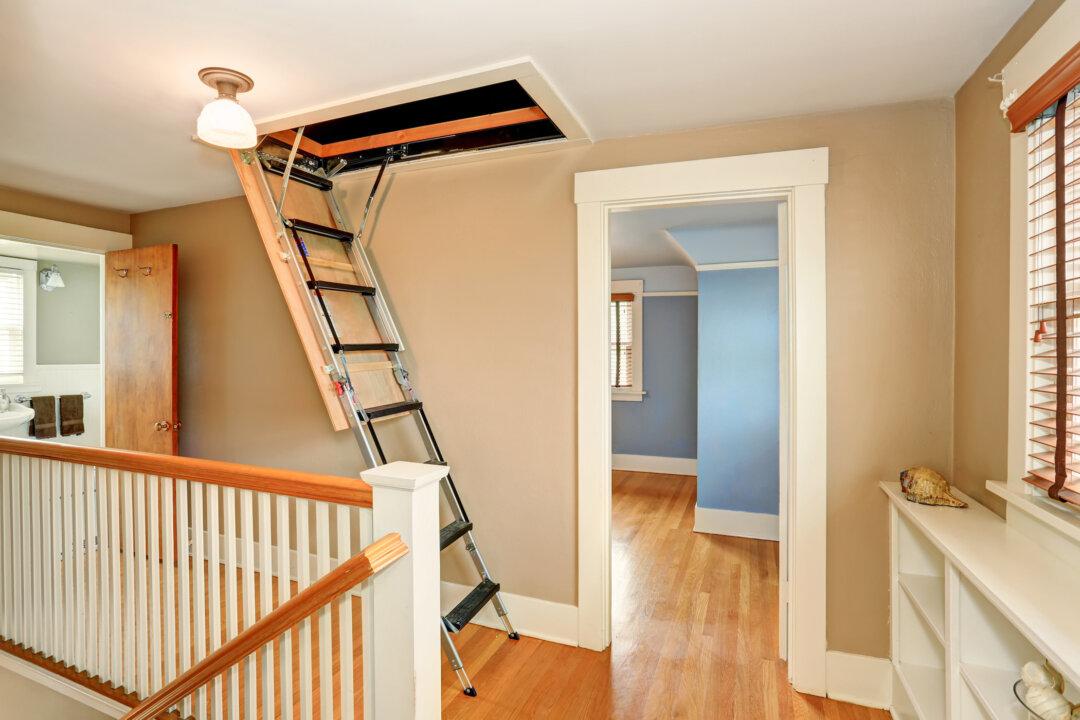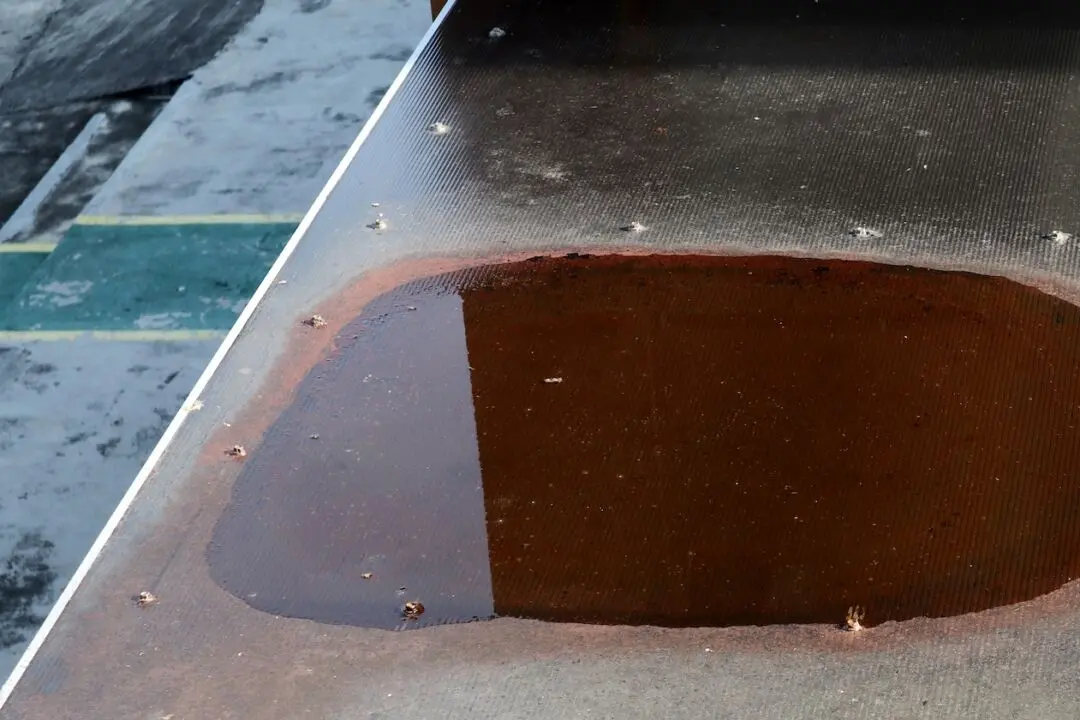Dear James: I store stuff in the attic, but it’s difficult to get up through the opening in the closet ceiling. Is a permanent folding ladder easy to install myself?—Kristin L.
Dear Kristin: People most often use step ladders to get up into the attic, but they are not very sturdy—especially when you have your arms full of stuff. The opening through the ceiling is often too small because it’s best to make an opening between joists.





